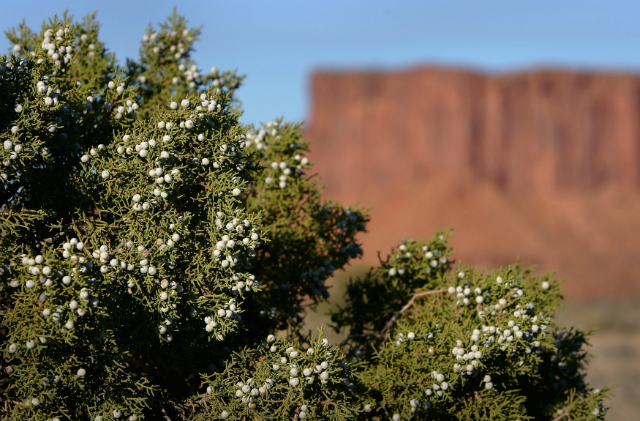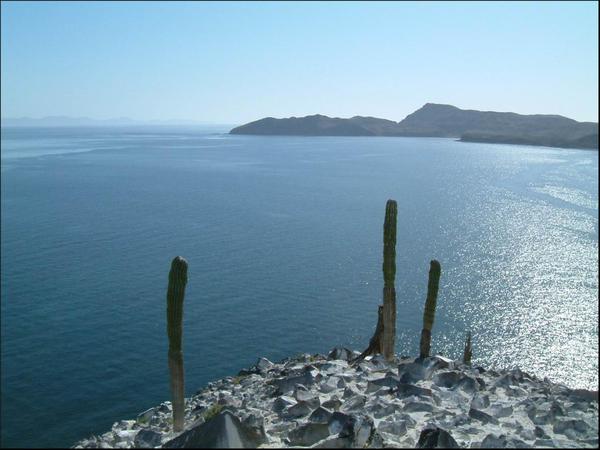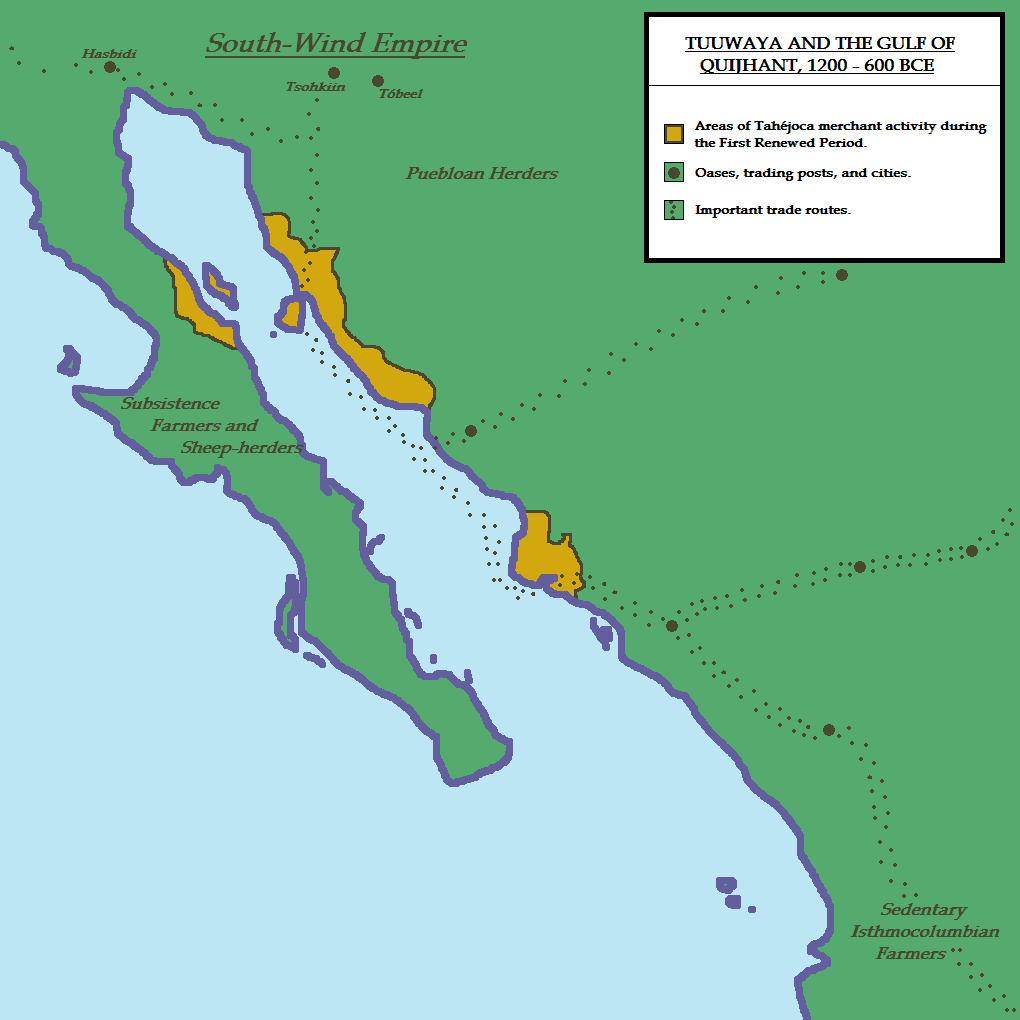I'm glad you approve. Incidentally, you were right about the identity of the water-pig!
Whaaaaaaaaaaaa?
I'm glad you approve. Incidentally, you were right about the identity of the water-pig!
Wow, things got busy on here! I love what's been done with the timeline, and I'm eager to continue.
Tell me do the capybar- er, water-pigs become good pets for the Columbian peoples at any point? And did Neochoerus pinckneyi survive in Southeast? I could see them thriving in what would be OTL Louisiana.
Righto.As for pets, taking the animals into the house while they're young may have something to do with how their domestication starts, but after that I'm not sure how popular keeping a livestock animal as a household pet would be.
Righto.
In other news, I mentioned this timeline to my uncle and received an hour-long lecture on why evolution will bring about the end of Western civilization. Since this is clearly (completely un)true, I apparently need to repent and come to Christ.
My family sucks. I hope the Black Hand religion is more open and accepting of evolutionary theory here.



I hadn't heard of either of those before. Interesting stuff, Benevolent.
Where'd you first see that, I wonder?Hey, @Huehuecoyotl! Is this still going? 'Cause I found an article you might want to read.
Hope things are well!
Where'd you first see that, I wonder?